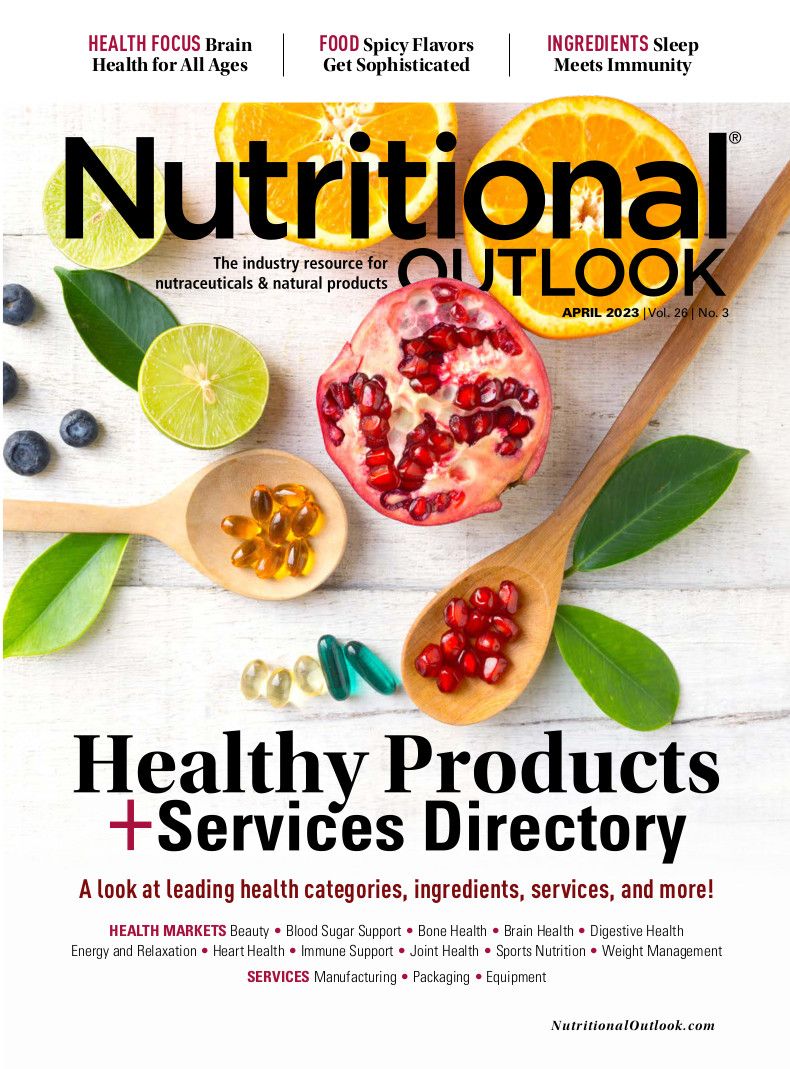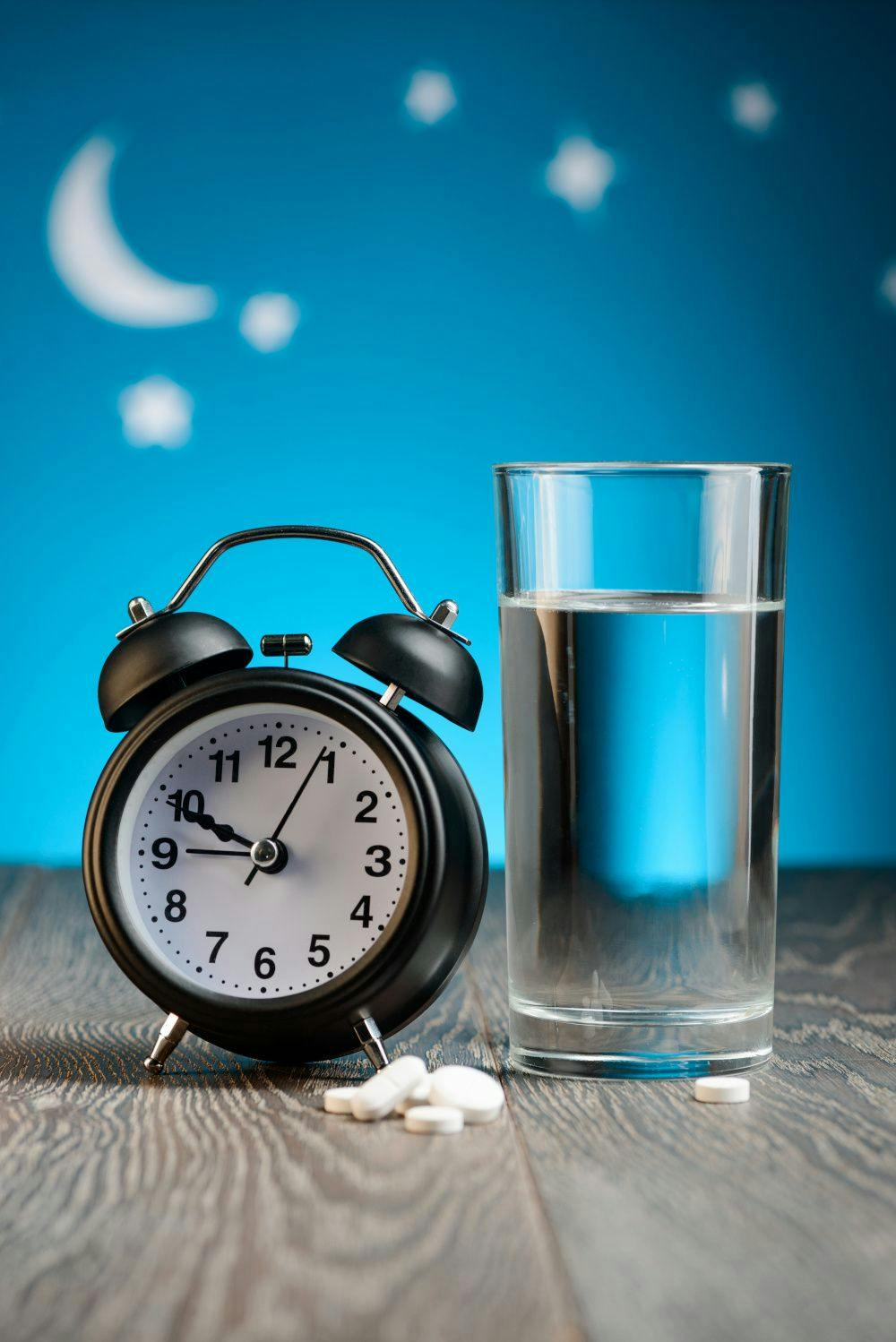Bone health supplements for aging consumers are evolving
Emerging trends in bone health ingredients.
© Sciepro / Stock.adobe.com

The bone health market is expanding as consumers old and young begin to understand the importance of preserving and strengthening their bones. With this market growth comes new ingredients, new research, and new delivery formats to appeal to the various consumers now prioritizing bone health. As the market diversifies, expect further investment in new formulations and ingredients. Here are some of the emerging trends we’re seeing in the category.
Micronutrients on the Rise
While macronutrients like calcium and other minerals are still dominant in supplements, newer ingredients are rising to fill a gap in the market. Maja Orešnik, science and research director at private-label food supplements manufacturer PharmaLinea (Slovenia), says emerging products go beyond minerals to include a variety of other compounds.
“Branded olive polyphenols, soy isoflavones, and even probiotics have been studied for their benefits in maintaining bone mineral density in the elderly,” Orešnik says.
“The trend of added-value micronutrient ingredients is on the rise,” adds Matevž Ambrožič, PharmaLinea’s marketing and PR director. “There are, for example, microencapsulated ingredients like vitamin K2.”
New bone health products, Ambrožič says, come in a variety of formats, from conventional to innovative. While tablets and capsules are still the most popular form of delivery system for bone health ingredients, recent product launches have included sprays and powders.
Vitamin Blends Remain Popular
Several key nutrients play roles in bone health, but some of the most popular ingredients remain the tried-and-true vitamin and mineral blends that have long commanded the bone health space. Joel Totoro, RD, director of sports science at wellness company Thorne, says the most recommended bone health ingredients include vitamin D, vitamin K, magnesium, and omega-3 fatty acids. Recent research has uncovered a synergistic relationship between these compounds.
“Vitamin D is critical for helping the body absorb calcium, the most essential mineral for strong bones,” Totoro says. “Recent research has shown that vitamin K is necessary to the functioning of proteins that transport calcium throughout the body. Without adequate vitamin K, calcium can be deposited in soft tissues, which can lead to health problems. Vitamin K also activates a protein called osteocalcin, which binds calcium to bone tissue.”
In addition to identifying key nutrients to serve the bone health market, brands must also ensure nutrients are available in a form that can be absorbed and utilized in the body in clinically significant amounts, Totoro explains.
Effective education and brand communication are essential to ensuring consumers can make informed choices.
“Too often, products on the market contain inferior forms of these nutrients, plus they can be combined with binders and fillers that further decrease the efficacy of the active ingredients,” he says. “Education and frequent communication between a brand and its consumers are imperative to empowering well-informed choices that create positive health outcomes. The frequency of education and positioning by key thought leaders in the science, medical, and research realms facilitates rapport and trust between brands and consumers. This relationship is vital, because decisions impacting health and quality of life are deeply personal and often multifactorial.”
Gummies Grow as Delivery System
Haleigh Resetar, corporate communications specialist for market researcher SPINS (Chicago), says that for the most part, there’s been a slight decline in consumer interest in bone health supplements in recent years. Some of that decline, though, can be attributed to the fact that the significant uptick in demand that occurred during the pandemic is now leveling off. SPINS data show that bone health product sales are down 7.4% from January 2022; however, this follows a 26.5% increase in 2020.
The one area of bone health supplements that’s bucking this trend is gummies. While bone health supplements overall have seen a decline in sales from their pandemic high, bone health gummies, in particular, are growing quite rapidly. “Gummy forms are growing at 13.7% in 2023,” Resetar says. “These products have traditionally been marketed toward older consumers, but now younger shoppers are picking up these products.”
Bone Health Market Set for Expansion
The bone health market is broadening as more consumers seek out the benefits of bone health–support ingredients. While minerals remain dominant, emerging ingredients like vitamins, polyphenols, and probiotics are diversifying the market. As more aging consumers begin to prioritize bone health, and manufacturers branch out into other delivery formats, expect this market to grow.

Prinova acquires Aplinova to further increase its footprint in Latin America
April 7th 2025Prinova has recently announced the acquisition of Brazilian ingredients distributor Aplinova, which is a provider of specialty ingredients for a range of market segments that include food, beverage, supplements, and personal care.

























